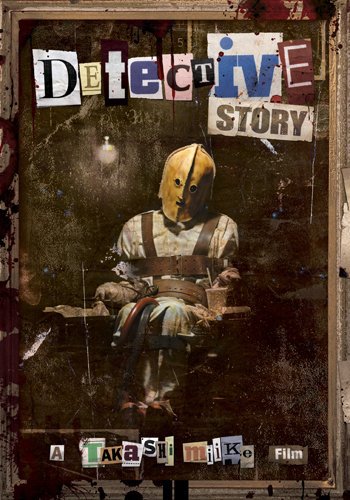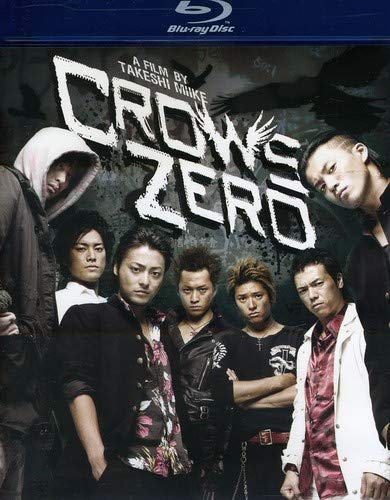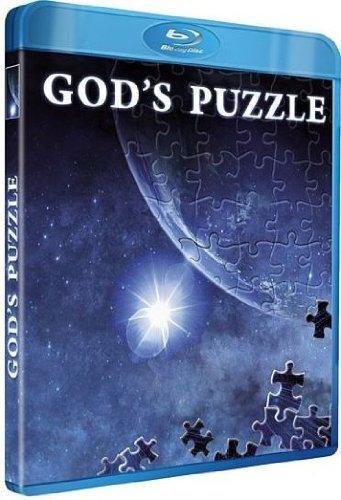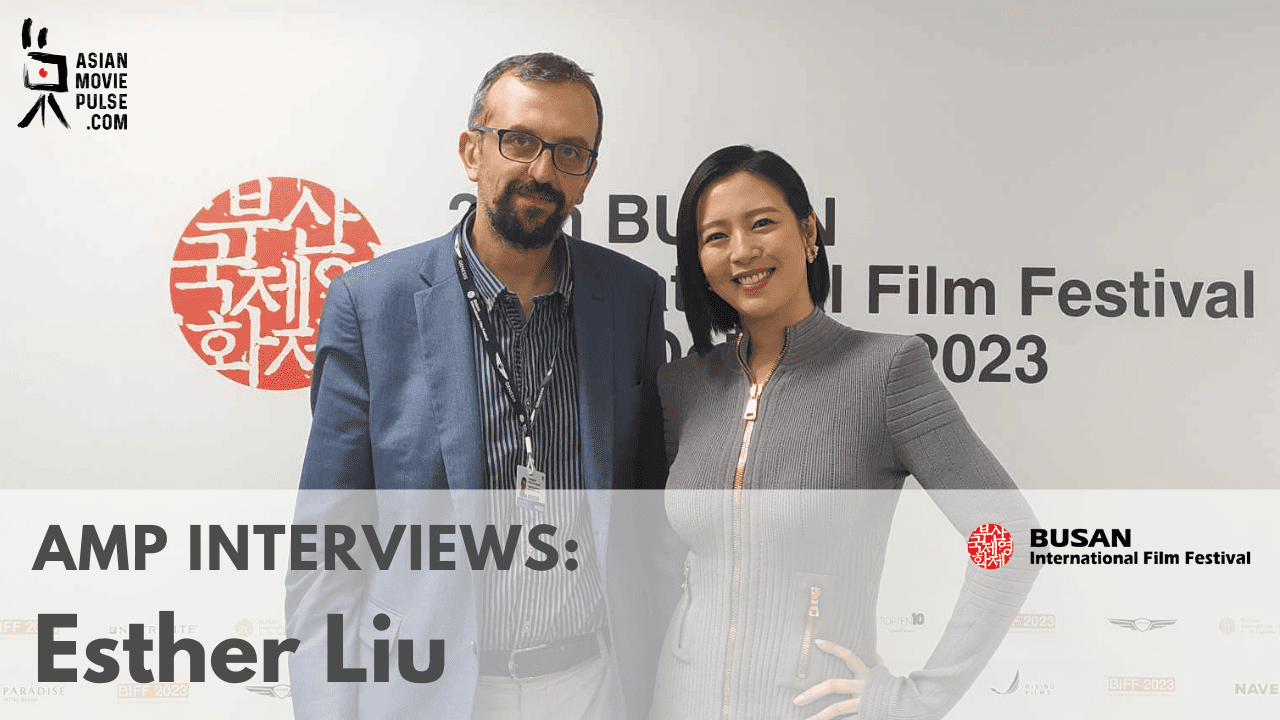71. Detective Story (2007)

But the film's most stunning accomplishment is the scene in which Raita visits an incarcerated serial killer, hoping that he will provide him with clues about the murders he is investigating. The aforementioned scene is so remarkably made, so spine-chilling and bloodcurdlingly terrifying that it rightly deserves to rank among Takashi Miike's best work. Although ‘Detective Story' doesn't earn points for originality, it remains an entertaining, self-parodying and well-directed genre film that reminds us that you don't need a big budget as long as you have a unique vision. (Guest Writer)
Buy This Title
on Amazon
72. Sukiyaki Western Django (2007)
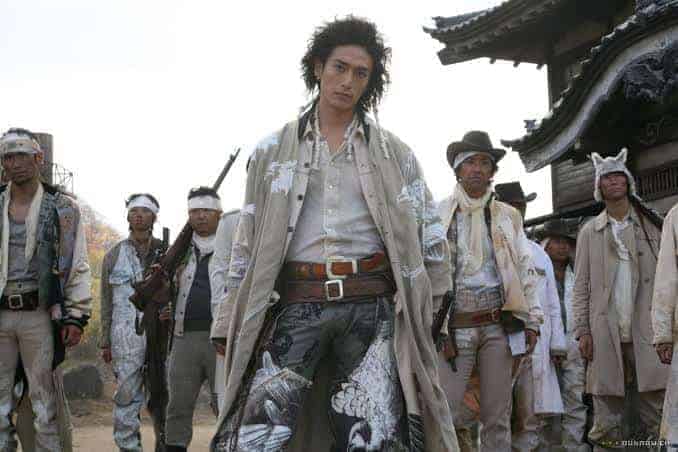
There is a deliberate style to this movie that Miike sets from our opening scene, featuring a cowboy trying to cook some lunch, who then goes on to tell our tale. The entire film feels like a cartoon, with over the top violence and an underlying comedic tone to everything that transpires. The set itself, whenever the aforementioned cowboy is on screen, is a very obvious painting as a backdrop and little more than a campfire and a chair. When we see our main story playing out, the use of a set from what could easily be a spaghetti western is what we are privileged to. Everything is very deliberate in how Miike wanted us to view this film. (Nathan Last)
Buy This Title
on Amazon
73. Crows Zero (2007)
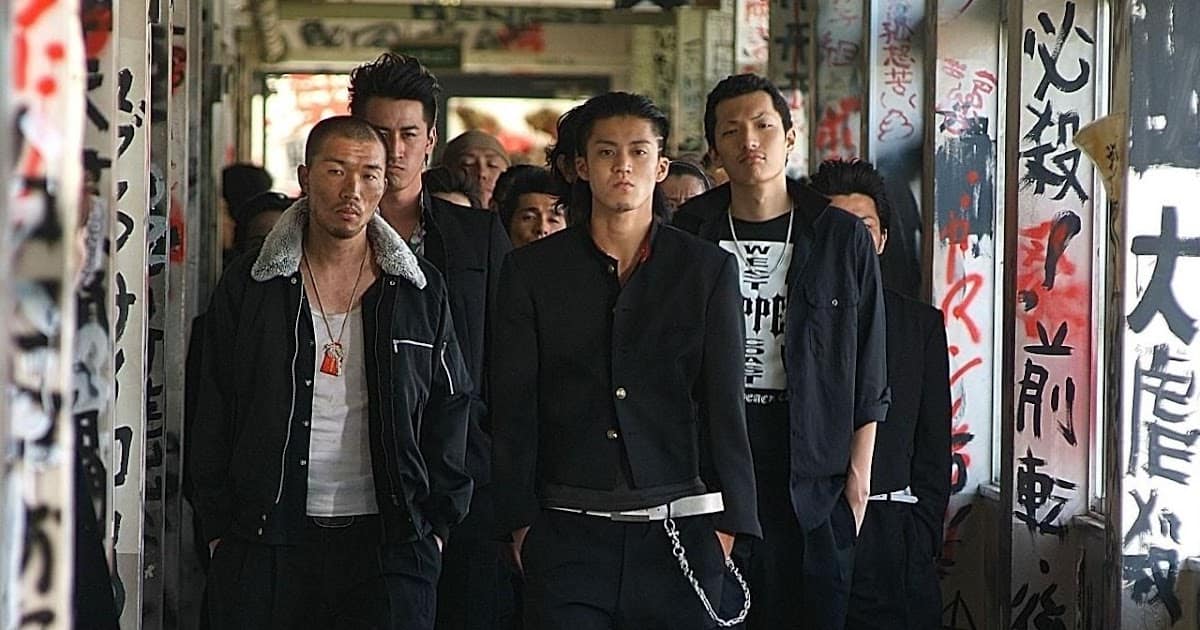
The feature includes what usually makes a good yakuza movie: alliances & loyalty, fight scenes & intense looks, humour; the influence from manga is also clear, with very graphic and sometimes over-the-top scenes. Besides the theme and action, Takashi Miike's print is also there with a lot of bleeding people. (Oriana Virone)
Buy This Title
on Amazon
74. Yakuza: Like A Dragon (2007)
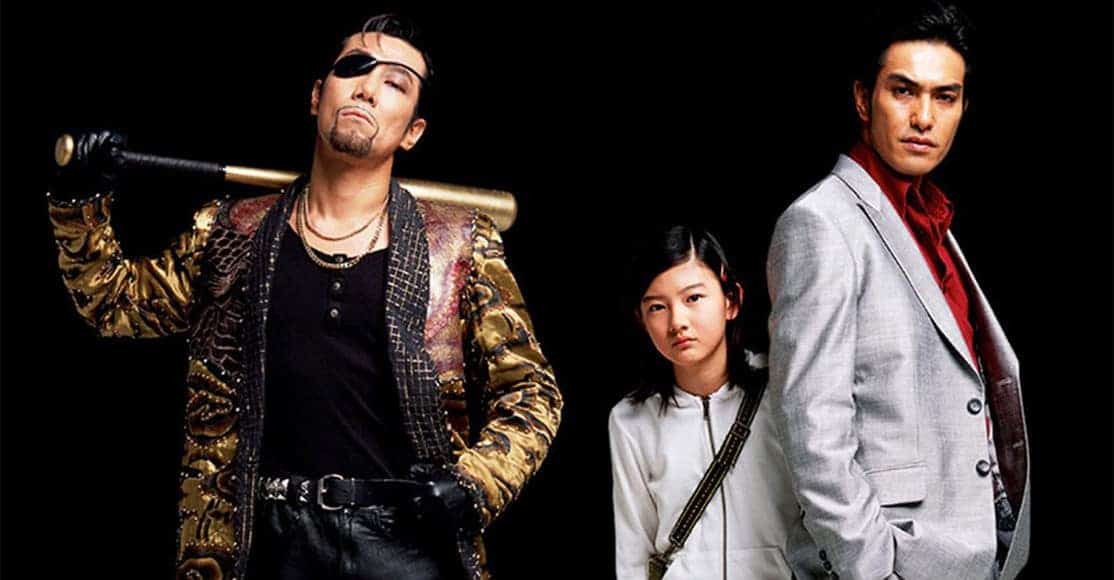
The quite impressive battles obviously stray away from the “measured” tactic, particularly the ones involving Mazima, but these scenes, despite being quite memorable, are exceptions to the general aesthetics. On the other hand, along with the overall presentation of the neon-lights dominated area, courtesy of Hideo Yamamoto's cinematography, these sequences are where the visual aspect of the movie finds its apogee, through a raw brutality that benefits the most from the combination of SFX and great sound. Particularly the two between Kazuma and Goro, the final one, and the ones where the Korean is present will definitely stay on mind. Managing to shoot a serious film of quality based on a video game is definitely not an easy task, but Miike managed to do just that, and “Yakuza: Like A Dragon” ends up being a more than entertaining spectacle. (Panos Kotzathanasis)
Buy This Title
on Amazon
75. God's Puzzle (2008)

Technically speaking, “God's Puzzle” is a perfectly well-crafted film, with a slight cyberpunk touch. In the first half, where the movie focuses more on presenting characters and situations, the dialogues and even the monologues are the main protagonists. On this part, the entire deployment of special effects that the film has to offer is not entirely appreciated. Therefore, on its second half, one will then appreciate all the technique of special effects, offering a full spectacle worthy of the best films of natural disasters. (Pedro Morata)
Buy This Title
on Amazon
76. Zatoichi Live (2008)

In 2007, Takashi Miike directed a 166-minute stage play, named “Zatoichi Live“, with Sho Aikawa and Sadao Abe as the main leads. The stage production is amazing. Moving sets with a lot of details and colorful ornamented costumes of the cast convey an authentic feel of feudal Japan. The smooth change of sets hints towards a well-trained production crew behind the scenes and the lightning as well as the music fit well to the everlasting mix of comedy, violence and romance that is performed on stage. On top of this, the fight choreography, although there aren't so many (only towards the big finale at the end), looks very good. Using real swords, not toy-like preps, Sho Aikawa shows off his skills and delivers one of the most realistic Zatoichi performances since the late Shintaro Katsu. The whole 166-minute long spectacle is not to underestimate since it was shot in one take with no second chance of trying. Given these circumstances, very different from a movie production with multiple takes for one scene, Miike, the crew and the cast put on a masterful show. The cast is furthermore completed by Kennichi Endo (“Gozu” 2003) as a multilayered villain, Sadao Abe (“Birds Without Names” 2017), and legendary Hiroyuki Nagato (“Izo” 2004). The play was reshown in 2017, with a script by Lily Franky and Shinobu Terajima and Ebizo Ichikawa in the lead roles. (Alexander Knoth and Panos Kotzathanasis)
Buy This Title
77. K-Tai Investigator 7 Episode 1: A Walking Cellphone (2008)
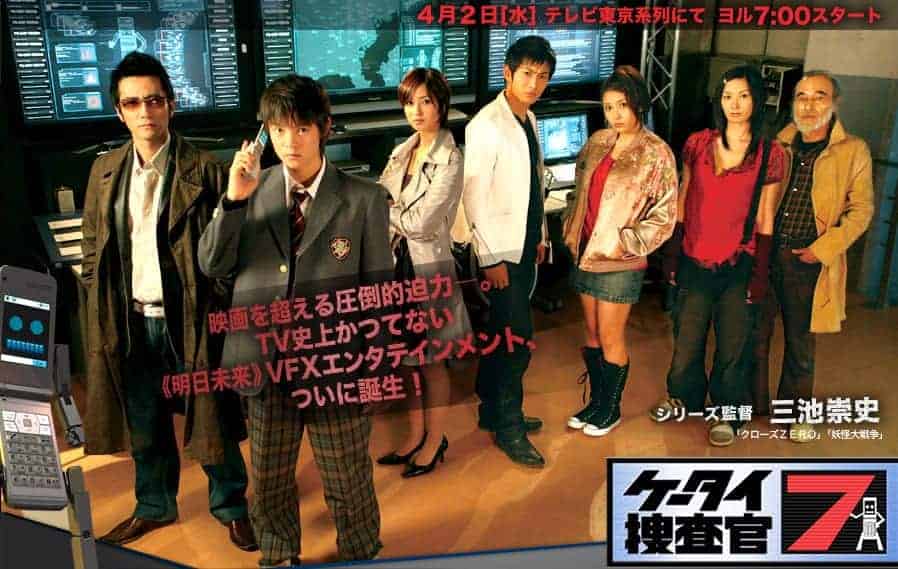
Production I.G. and WIZ wanted to shoot an impressive TV science fiction tokusatsu action drama (and to introduce a toy line) and in order to draw more attention to it, decided to let Takashi Miike direct the first episode, and to give him a rather big budget for a TV production. The crossover nature of the series that involves crime, science fiction, school drama and comedy among others suited Miike perfectly, and the result is impressive. (Panos Kotzathanasis)
Buy This Title
78. Yatterman (2009)
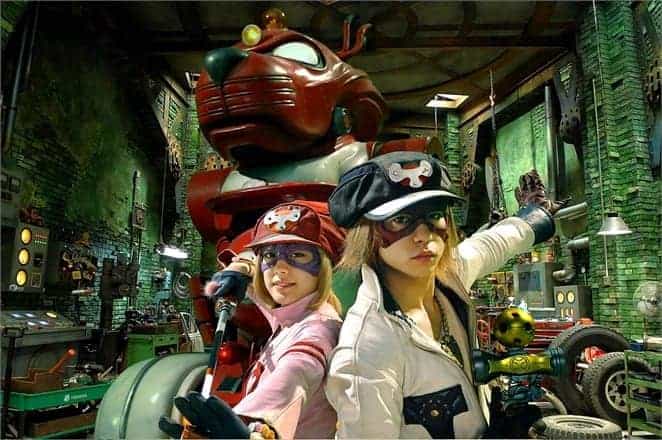
Yatterman's greatest success lies within its world building. The film has a consistent aesthetic in all visual and technical aspects of the production. The costume design in particular stands out as exceptionally well executed, with the constant outfit changes of the members of the Doronbo gang standing out the most. The segments that are computer generated are a bit rough. Although the CGI seems restricted by budget, it does match up well with the original character and concept designs. Also, given the comedic tone of the movie, it is hard to scrutinize the special effects. The film score mixes well with the visuals, keeping upbeat with the pace of the film. Looking at the technical aspects of the production, everything melds together in a pretty joyous fashion, which compliments the production. (Adam Symchuk)
Buy This Title
on Amazon
79. Crows Zero II (2009)

“Crows Zero II” is probably not the movie to watch if you want to get into deep character development, family dynamics drama, and is very much arguable from a feminist point of view. That being said, if you enjoyed “Crow Zero” you must definitely watch its sequel because it is better. And if you just enjoy a good action movie and really amazing fighting scenes, it is a must. (Oriana Virone)
Buy This Title
on Amazon
80. 13 Assassins (2010)
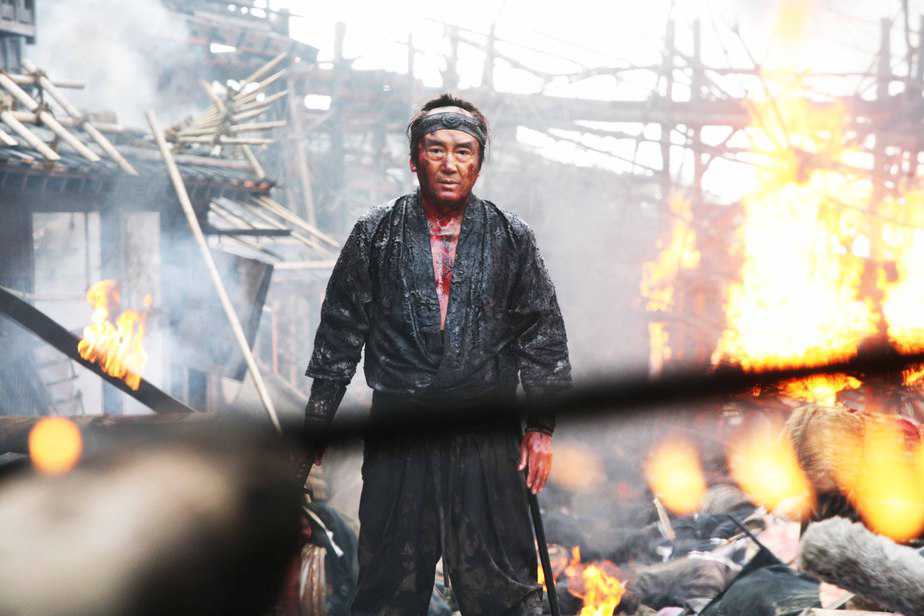
Away from comparing this film to Takashi's previous works, “13 Assassins” is still a dark, violent and graphic cinematic experience and definitely not for the feint of heart. It's just not surreal, mad-cap, or over-the-top. Miike made sure to make you truly believe this is 1844. Matriculate detail is provided throughout the film. Costumes are perfect, settings match each scene, drawing you deeper and deeper into their world and plight. The dialogue is well written, and much how one would imagine samurai of the nineteen hundreds to speak, it's also superbly delivered by each cast member when their time comes. This is Japan, 1844, and we are now a part of their world, their history! (Guest Writer)


